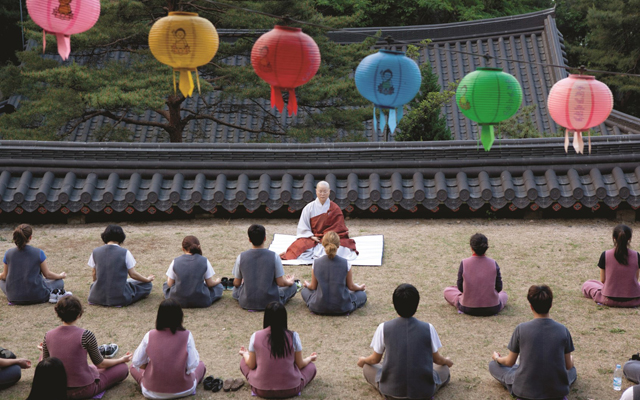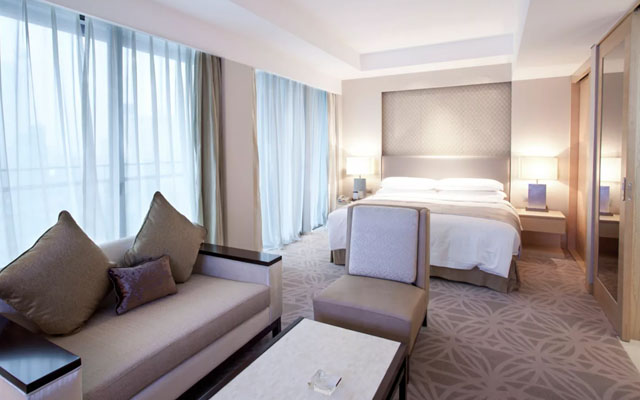
Since public access to South Korea’s Buddhist temples opened up to promote cultural activities during the 2002 World Cup, 130 temples in the country now provide temple tour or stay programmes, 26 of which do so in English.
The interest in South Korean temple stays picked up this year, when the seven Sansa (mountain temples) were designated UNESCO World Heritage Sites. These temples are Daeheungsa, Magoksa, Beopjusa, Bongjeongsa, Buseoksa, Seonamsa and Tongdosa.

This is according to Templestay, a Cultural Corps of Korean Buddhism initiative that is said to be the only way international visitors can experience an immersion programme in the country’s temples, where access had for long been restricted.
Participants in Templestay may experience Yebul (a Buddhist ceremony), Chamseon (Seon meditation) and 108 bae (108 prostrations), as well as learn how to make lotus lanterns and Buddhist prayer beads and enjoy salt mandala (salt drawing).
Templestay also gives visitors the chance to try temple food, which adheres to a diet that does not use animal products or specific ingredients such as the “five pungent spices” of garlic, scallions, chives, onions and leeks.
It is now Templestay Weeks for Foreigners (November 5-30) in South Korea. Some 39 temples across the country are offering the programme, with options for a day tour at 10,000 won (US$9), while an overnight stay costs 20,000 won.



















